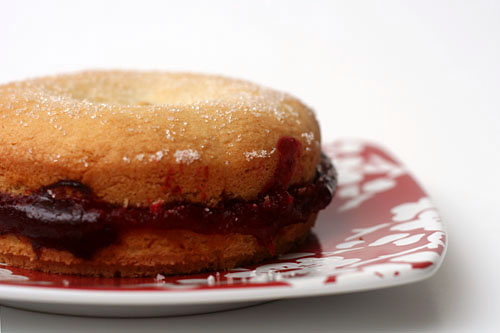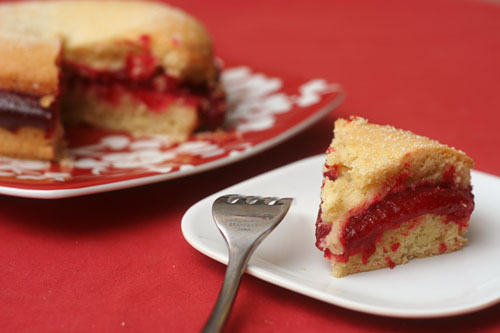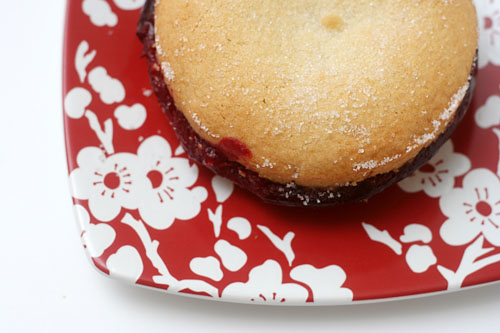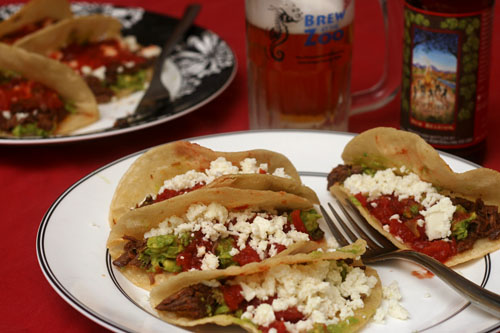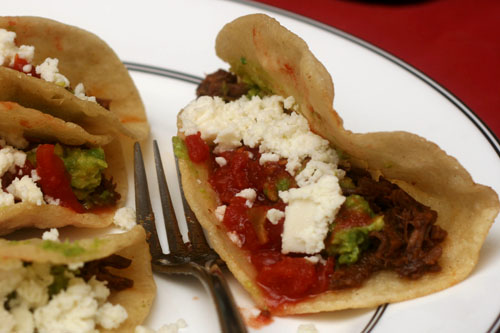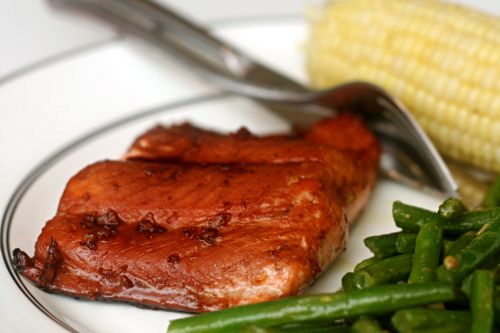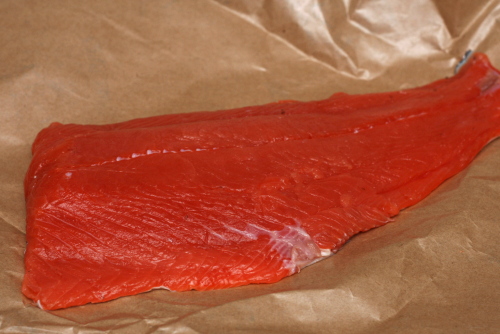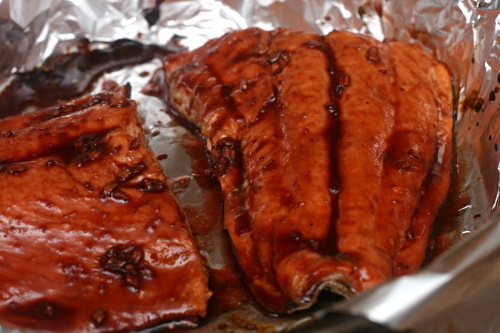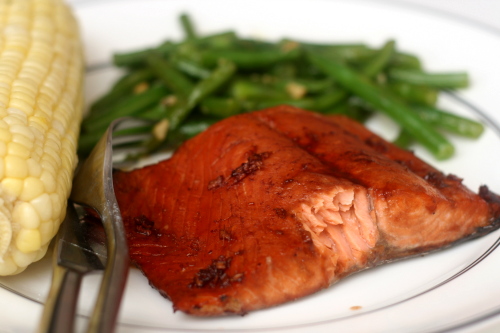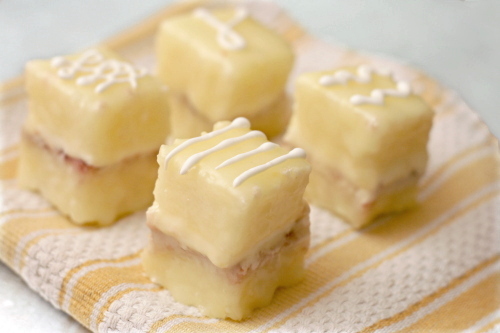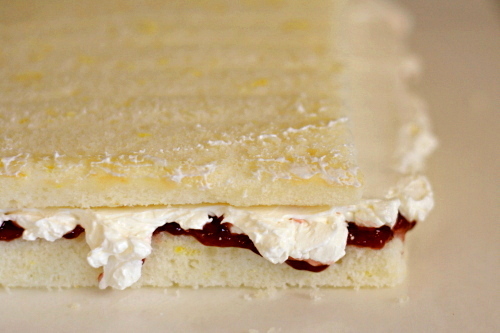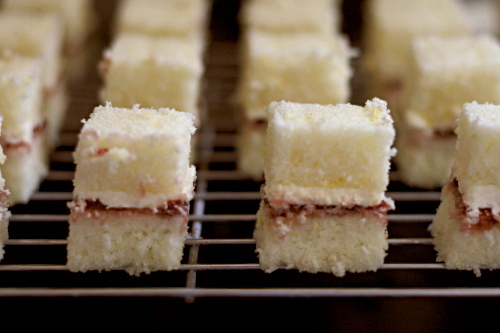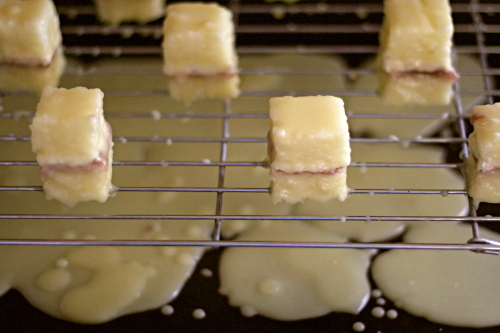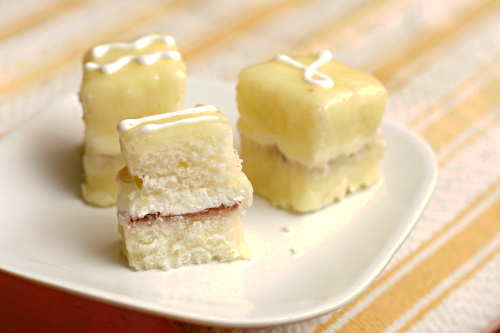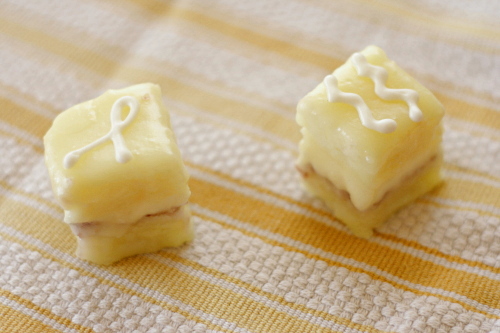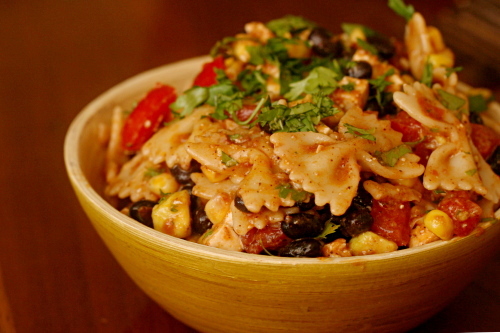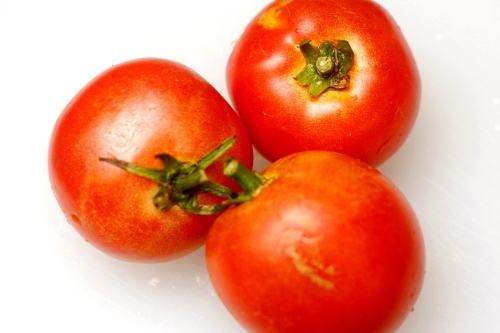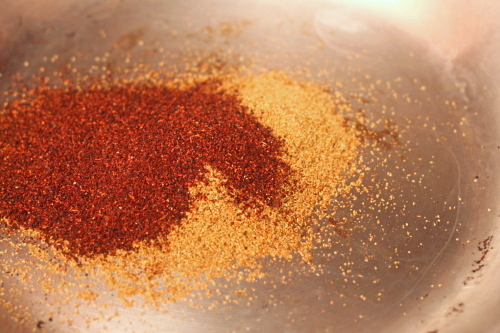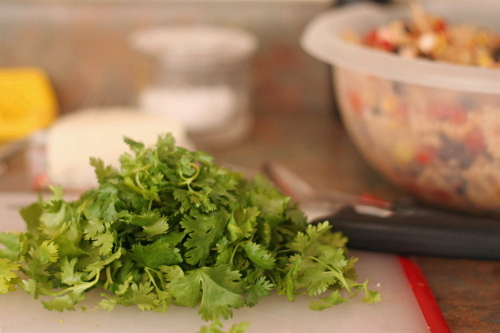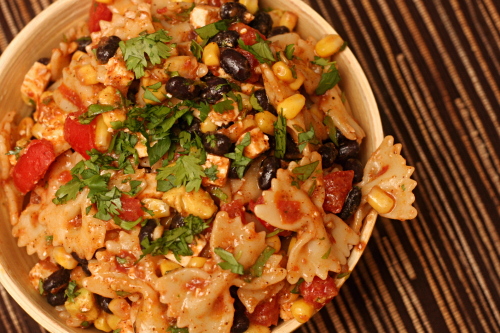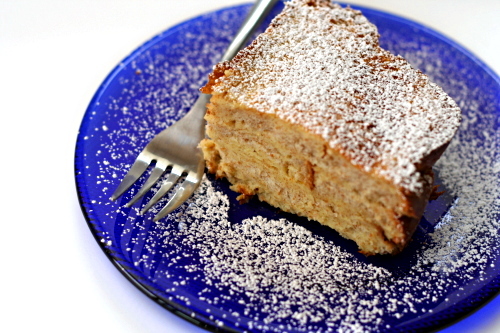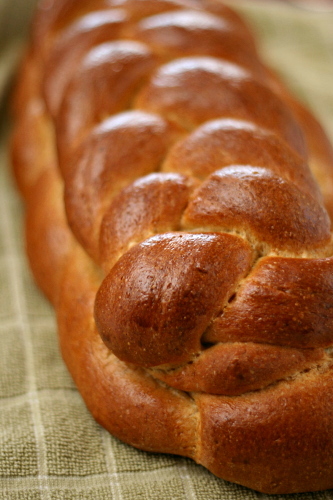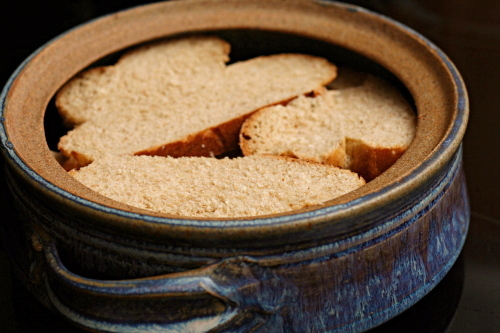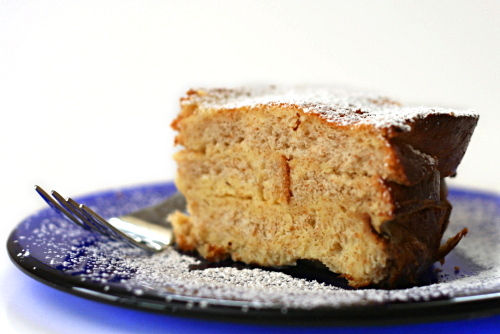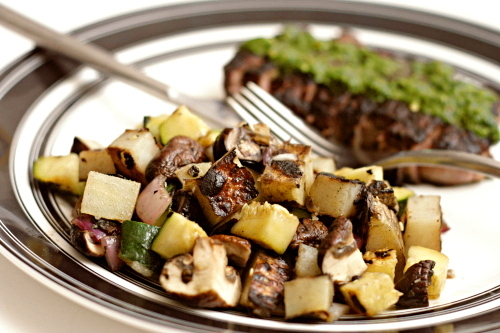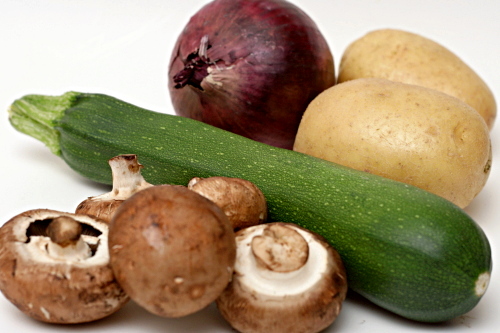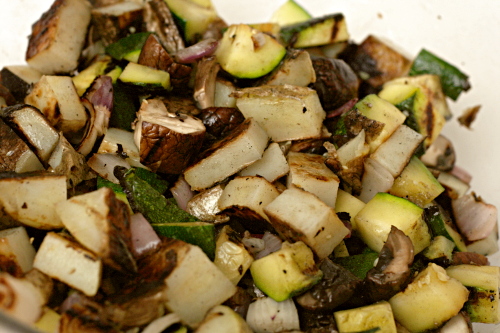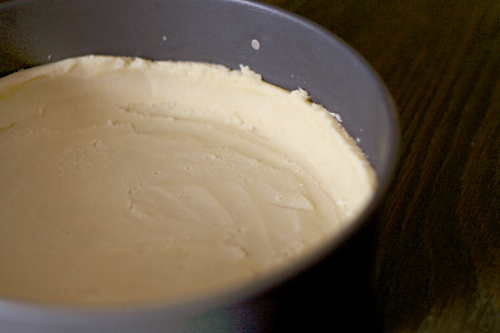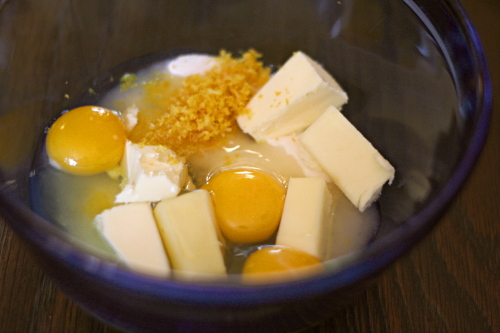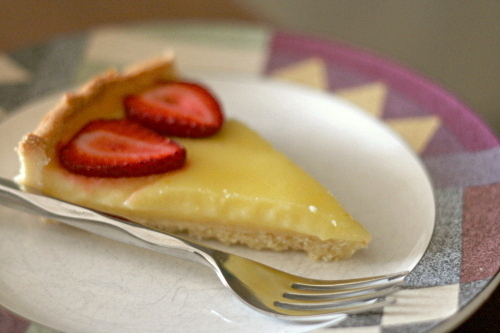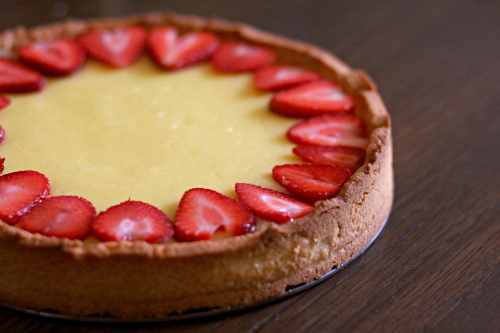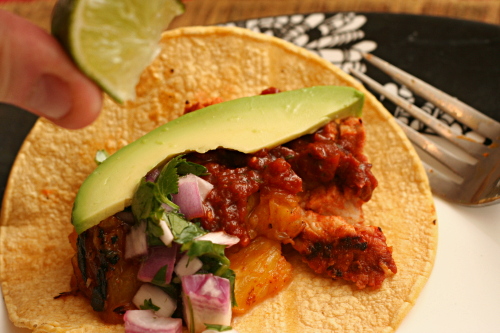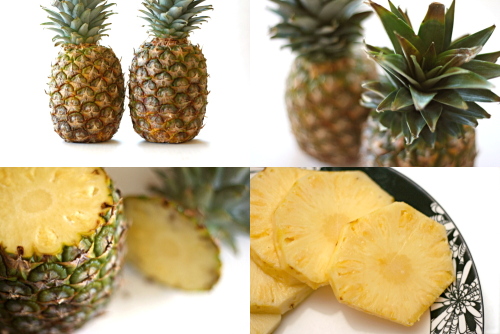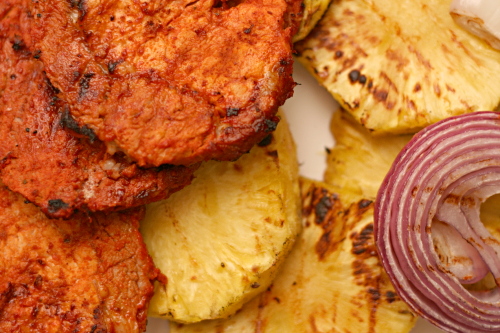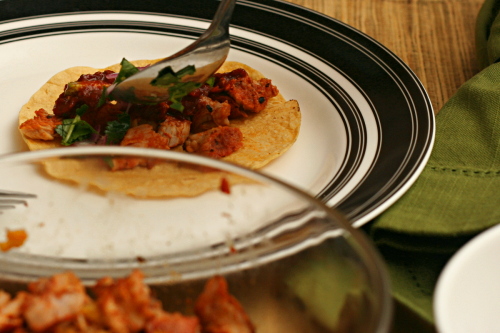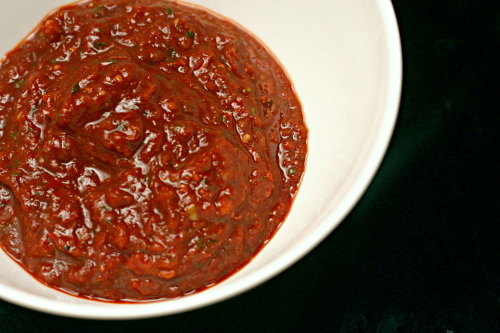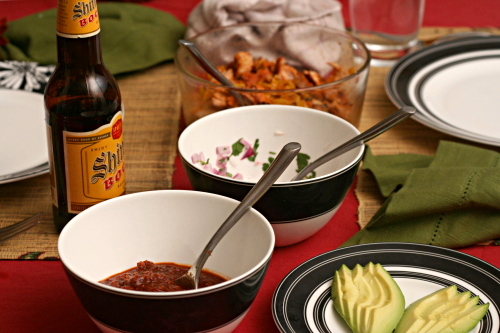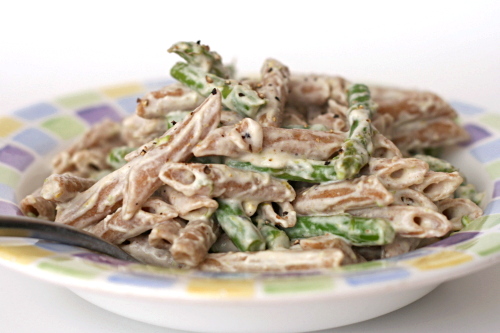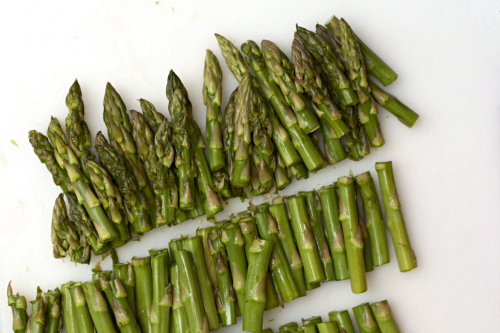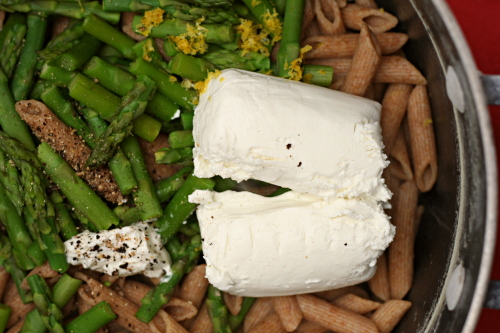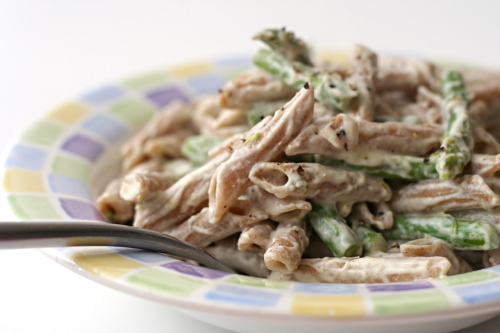I finally figured out this cake. Before I saw the whole recipe title, I thought it was cranberry shortbread, and I was picturing something like lemon squares but with cranberry sauce on top – which, by the way, is a great idea. Then I realized it was a cake and pictured fluffy layers below and on top of the jam.
Once I was eating it, I realized that it’s like strawberry shortcake – except in cake form! Which really explains why it’s called shortbread cake, doesn’t it?
It’s a fun concept, even if isn’t my brilliant lemon-but-actually-cranberry-squares idea. In fact, I think it tastes kind of like Christmas. I hadn’t realized that Christmas tasted like a sweet-tart cranberry jam paired with a flaky light sweet biscuit/cake/cookie. But I’m not surprised.
Jessica chose this for Tuesdays with Dorie, and she has the recipe posted. I skipped the orange segments in the cranberry jam (but did use the zest and juice). I strained my cranberries through a food mill, mostly because I don’t get to use my food mill very often but also because I think cranberry skins are irritating. I increased the salt in the cake too, and I added a pinch of salt to the cranberry jam.
One year ago: Chocolate Caramel Chestnut Cake
Two years ago: Kugelhopf
